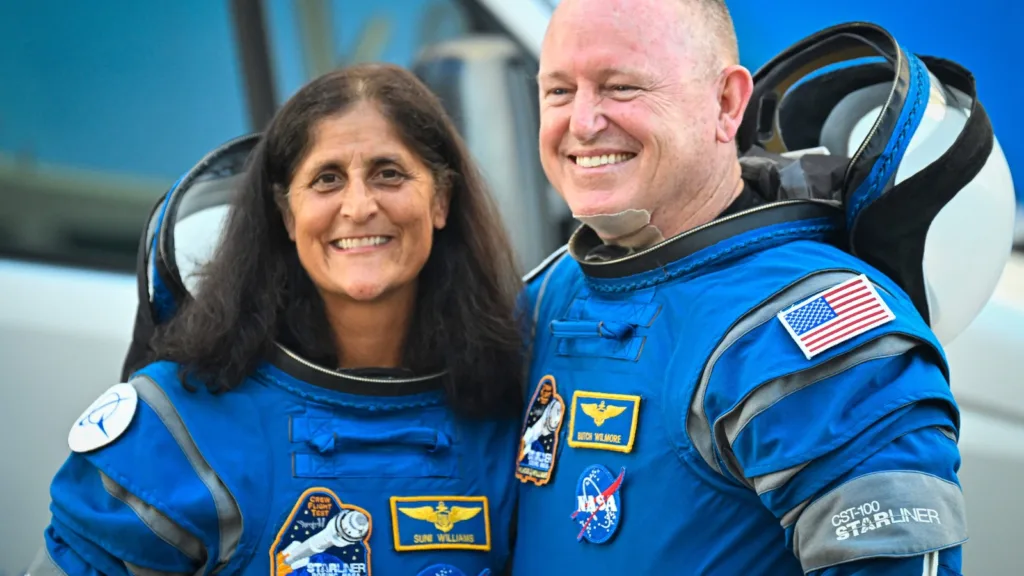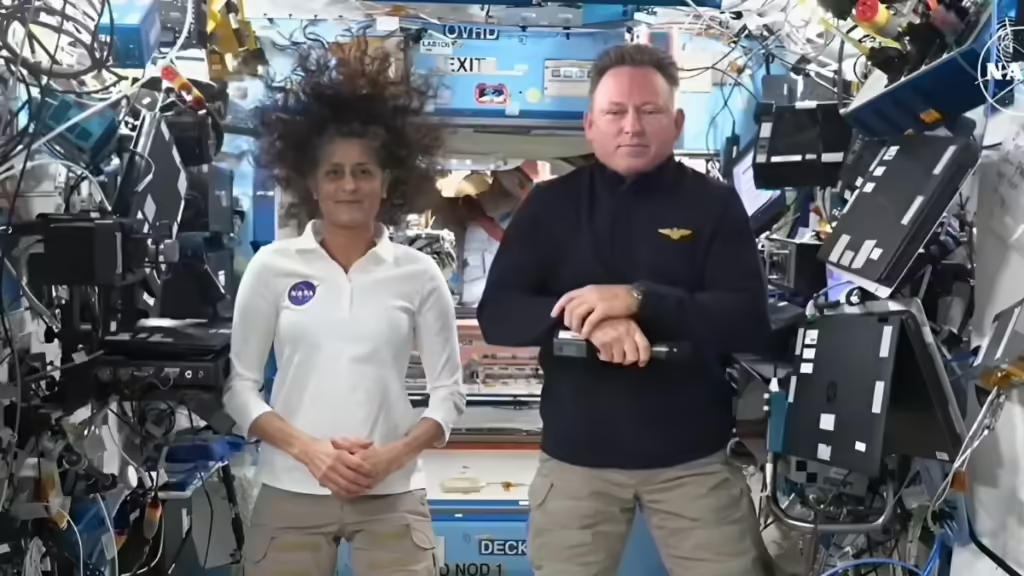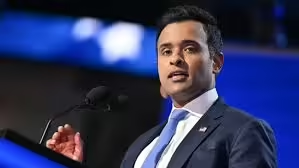
Voting from Orbit
NASA astronaut Sunita Williams, along with three other American astronauts aboard the International Space Station (ISS), plans to cast her vote in the 2024 US presidential election scheduled for November 5. Williams, who is currently on an extended mission due to her Boeing Starliner spacecraft experiencing anomalies, expressed her excitement about participating in the electoral process from space.
A Unique Perspective on Voting
Williams highlighted the significance of voting while in orbit, stating, “It’s a very important duty that we have as citizens and [I’m] looking forward to being able to vote from space which is pretty cool.” This sentiment was echoed by her colleague Butch Wilmore, who confirmed that he had requested a ballot as well.
In addition to Williams and Wilmore, astronauts Nick Hague and Don Pettit are also set to vote from the ISS, showcasing the capability of NASA to facilitate voting for its astronauts stationed far above Earth.

The Voting Process in Space
Voting from space is made possible through a well-defined process that allows astronauts to fill out and send absentee ballots. This system was established following a 1997 Texas law that permitted astronauts to vote while in orbit.
Steps to Vote from Space:
- Requesting a Ballot: Astronauts complete a Federal Post Card Application to request their absentee ballot.
- Filling Out the Ballot: They then fill out the electronic ballot aboard the ISS.
- Transmission: The completed ballot is encrypted and transmitted via NASA’s Tracking and Data Relay Satellite System to ground facilities.
- Final Delivery: From there, the ballot is transferred to the appropriate county clerk for counting, ensuring that the integrity of the vote is maintained throughout the process.
The use of NASA’s Near Space Network enables astronauts to communicate effectively with Earth, allowing for the secure transmission of their votes.
Historical Context
Voting in space is not a new phenomenon; the first American to vote from space was David Wolf aboard the Mir Space Station in 1997. More recently, NASA astronaut Kate Rubins successfully cast her vote during the 2020 US presidential election from the ISS.
Conclusion
As Williams and her colleagues prepare to participate in this unique electoral process, they embody the blend of scientific achievement and civic responsibility, demonstrating that even from 250 miles above the Earth, the right to vote remains a cherished duty.


